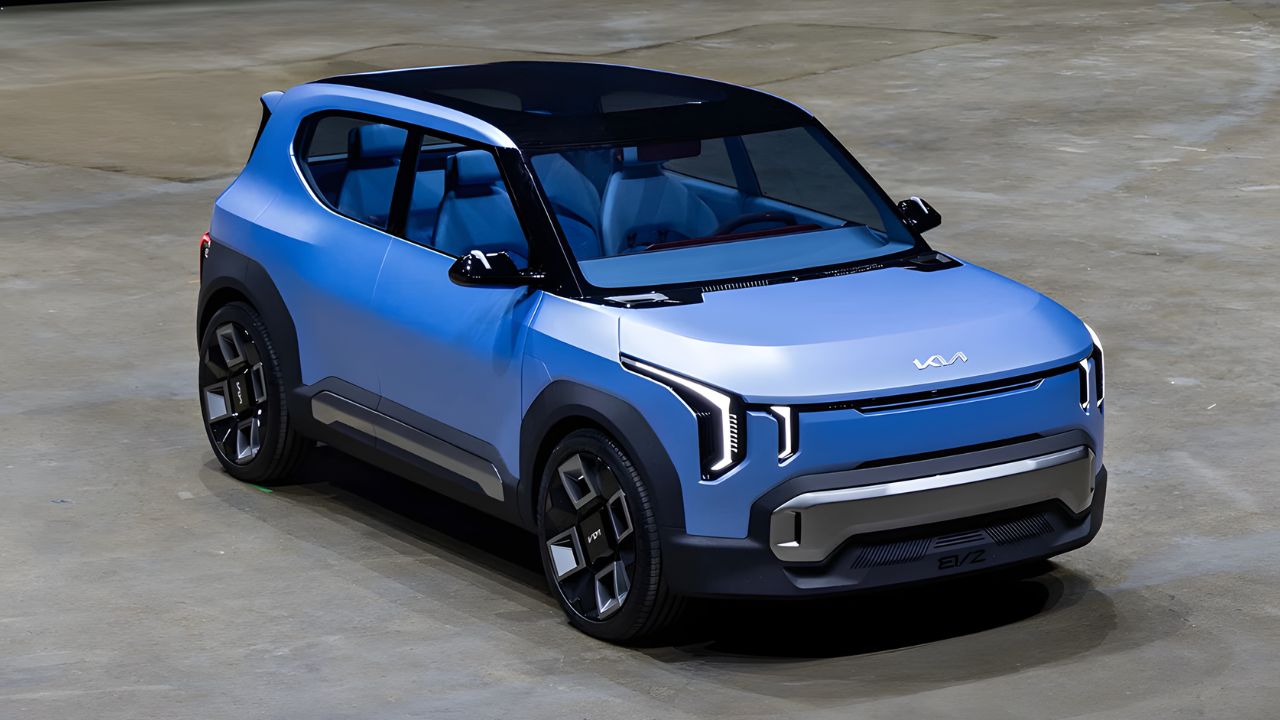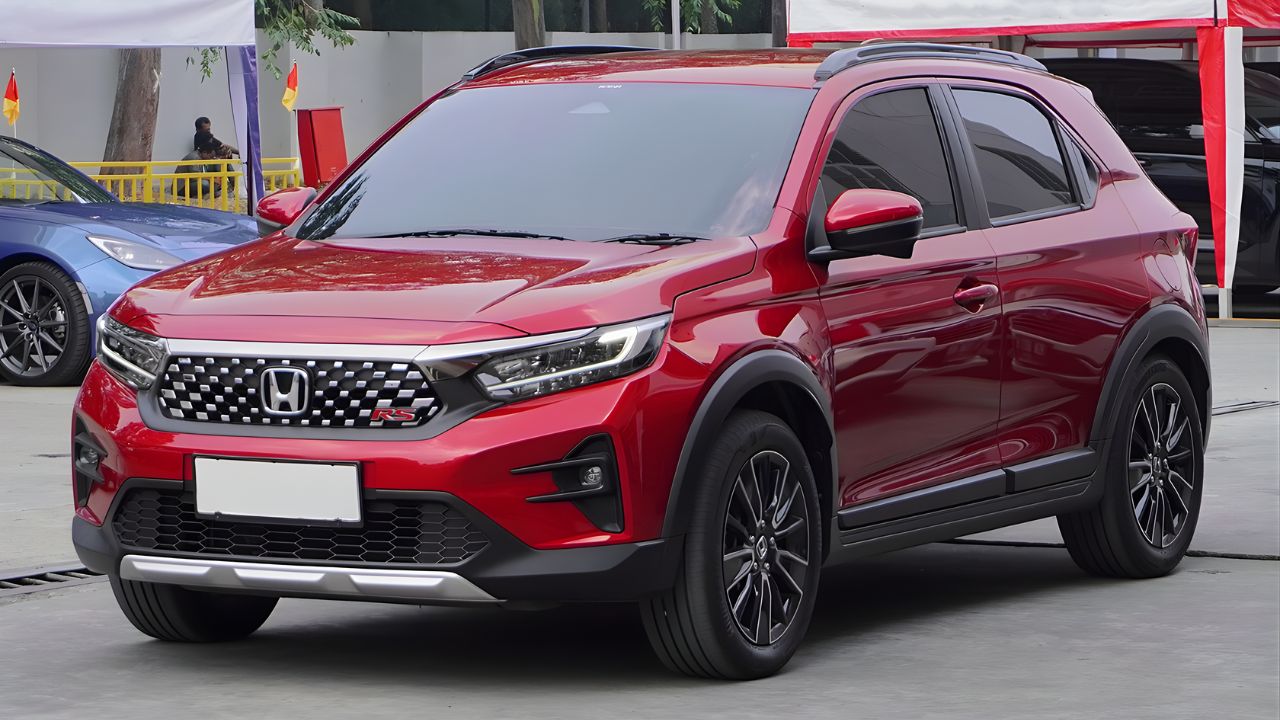From October 2025, Australia will introduce a new set of driver licence renewal rules that will impact millions of motorists. These reforms are designed to improve road safety, strengthen identity checks, and adapt to the needs of an ageing population.
Whether you’re renewing for the first time as a young driver or preparing for additional checks as a senior, these changes are important to know.
Reasons
Why is the government making these changes? Over the years, gaps were identified in the old system. One of the biggest concerns was medical fitness—ensuring that drivers are physically and mentally capable of being on the road.
Identity verification was another issue, as online renewals became more common and fraud risks grew. By modernising the process with stronger checks and digital security, the government aims to make renewals both safer and more efficient.
Changes
From October 2025, several new requirements will take effect. The reforms are particularly focused on senior drivers, medical assessments, and digital compliance. Here’s a quick overview of the most important updates:
| Rule Change | New Requirement (from Oct 2025) | Who is Affected |
|---|---|---|
| Senior Drivers | Annual medical assessment mandatory for drivers aged 75+ | Seniors renewing licences |
| Digital Licence | Mandatory activation of digital licence via Service NSW / myGov | All renewing drivers |
| Proof of Identity | Biometric verification (face or fingerprint scan) for online renewals | Online applicants |
| Vision Testing | Eye test required at every renewal for drivers aged 60+ | Seniors and middle-aged drivers |
| Licence Validity | Reduced validity period: max 3 years for seniors 75+ | Elderly drivers |
Seniors
For older Australians, the changes will be more noticeable. Anyone over 75 will need to complete a yearly medical assessment before their licence is renewed. This ensures that drivers are fit to handle the physical and cognitive demands of driving. In addition, seniors aged 60 and above will need to pass an eye test every time they renew.
On top of this, licence validity for those aged 75 and over will be capped at three years. This means renewals will be more frequent, but it also gives authorities a better opportunity to monitor ongoing fitness to drive.
Although these changes may feel like extra hurdles, they are designed to protect both elderly drivers and the wider community.
Digital
The new system also pushes Australia further into the digital age. From October 2025, every driver renewing their licence will need to activate a digital version through official platforms like Service NSW or myGov. This digital licence will sit alongside the physical card and can be used in most day-to-day situations.
The benefit is convenience—you’ll always have access to your licence on your phone. But it also provides extra layers of security, reducing the risk of lost or stolen cards being misused.
Identity
Another major update is the introduction of biometric checks for online renewals. Instead of simply entering login details, drivers will now need to confirm their identity with either a face scan or a fingerprint. This step makes online renewals far more secure and helps stop identity fraud, which has become a growing concern in recent years.
For drivers who prefer in-person renewals, traditional proof of identity will still apply. But for those who want the convenience of renewing online, biometrics will be non-negotiable.
Impact
So, what do these changes actually mean for everyday drivers?
- For seniors, it means more regular health checks and shorter licence durations. This may require planning ahead for doctor appointments before each renewal.
- For middle-aged drivers, the key adjustment is the mandatory eye test from age 60 onwards.
- For younger drivers, most of the changes relate to digital compliance and identity verification rather than medical checks.
While some may see the reforms as an inconvenience, they are ultimately about ensuring that only safe and eligible drivers are on the road.
Preparation
Getting ready for these new requirements doesn’t have to be complicated. Here’s how drivers can prepare:
- Seniors should book medical and vision check-ups ahead of their renewal date.
- All drivers should download the Service NSW or myGov app and activate their digital licence.
- Online applicants should be ready for biometric scans, ensuring their devices support face or fingerprint recognition.
- Elderly drivers need to remember that renewals will now be required more often, so setting reminders will help avoid last-minute stress.
By taking these steps early, the renewal process will be smoother and less stressful.
The new rules may seem like an extra burden at first, but they are designed with long-term benefits in mind.
Road safety, digital security, and medical awareness are at the heart of these reforms. With more regular health checks, secure digital systems, and biometric verification, Australia is taking a proactive step to modernise licence renewals and keep its roads safer for everyone.
FAQs
When do the new licence rules start?
The new rules begin in October 2025.
Do seniors need annual medical checks?
Yes, drivers aged 75+ must complete yearly medical assessments.
Are digital licences mandatory?
Yes, all renewing drivers must activate their digital licence.
What age needs eye tests for renewals?
Drivers aged 60 and above must take an eye test at each renewal.
Will licence validity change for seniors?
Yes, seniors over 75 will have a max 3-year licence period.

















